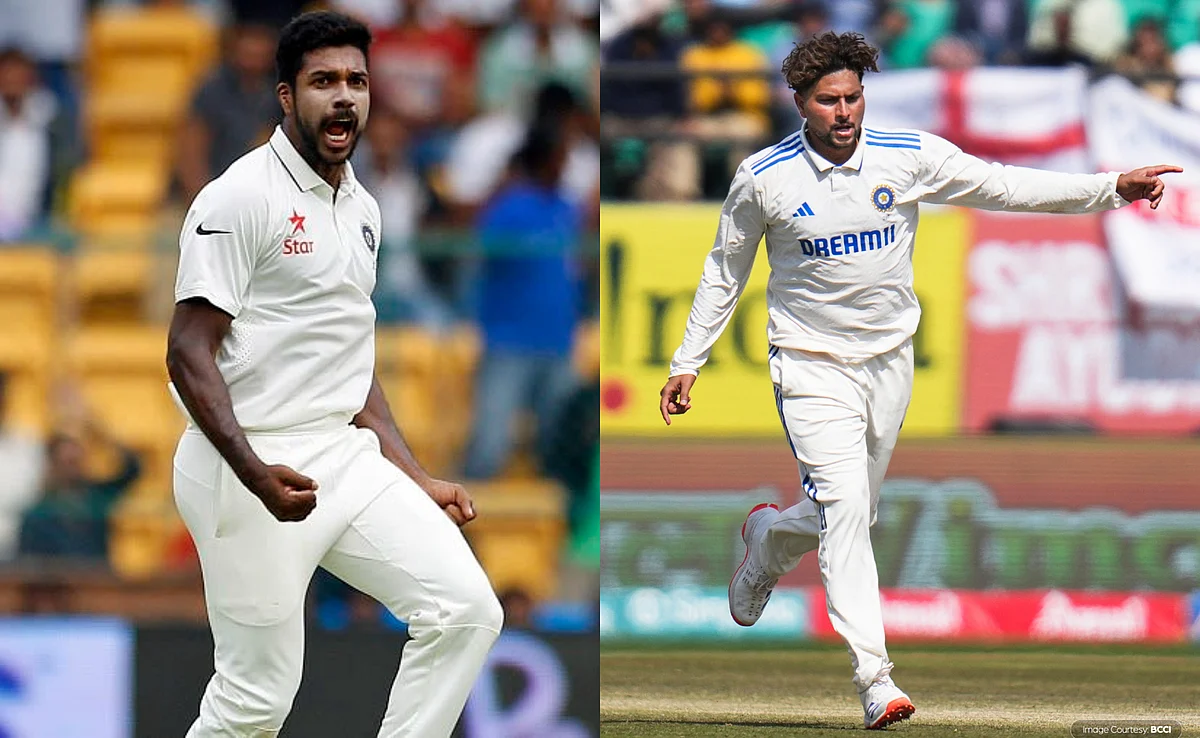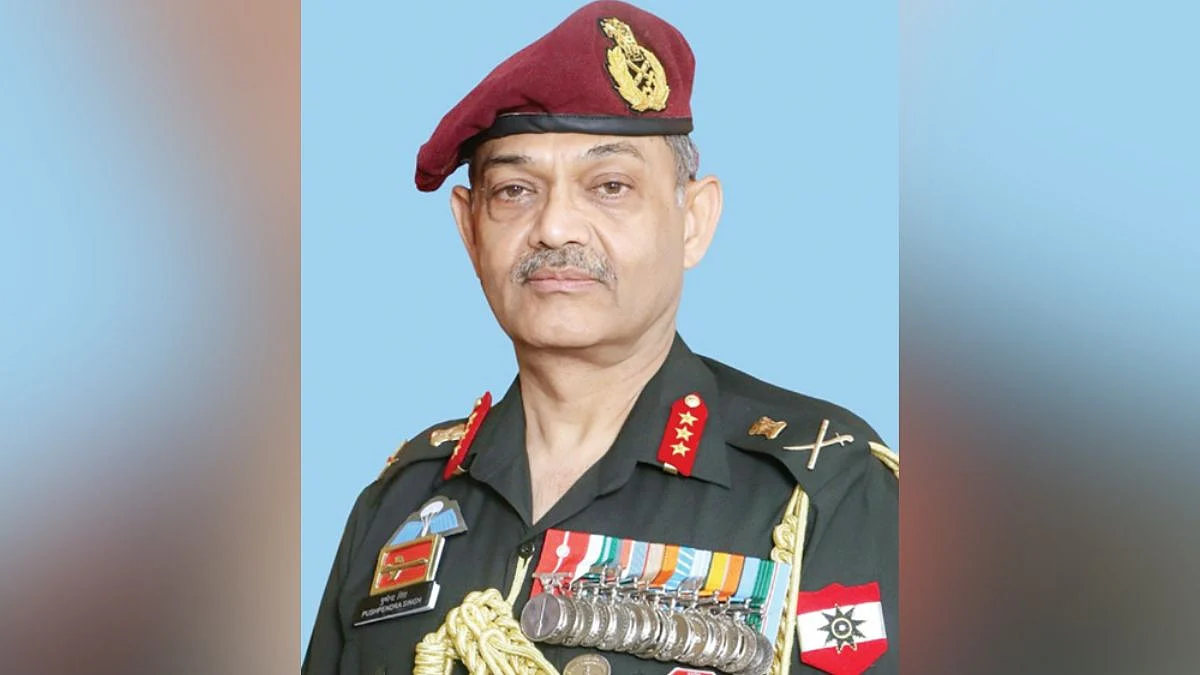In an exclusive conversation with Afrida Rahman Ali, Executive Editor of The Free Press Journal, veteran aviation expert Sanjay Lazar opens up on the tragic crash of Air India Flight AI-171. With 38 years of experience in aviation and personal loss from the Kanishka bombing, Lazar brings both technical insights and emotional depth to the discussion.
He decodes possible causes—from catastrophic failure to pilot experience—and highlights why speculation must wait for black box revelations.
Q: Sanjay, you’ve had a deep personal and professional connection with aviation. When news broke of the AI-171 crash, what was your first reaction?
A: My first reaction was from a message I received from a pilot’s son. An Indigo pilot who had taken off just before the AI-171 crash was still circling over Ahmedabad and sensed something was wrong. I tuned in to the visuals and they were horrifying. Having spent 38 years in aviation, having lived through four major aviation disasters, including losing my loved ones in the Kanishka bombing, it brought back intense memories. This crash felt different though—more tragic because I knew many people onboard.
Q: What possible causes do you think are under investigation right now? Which one seems most plausible based on what we know?
A: While I refrain from speculating, three possibilities are being discussed: contaminated fuel, bird ingestion, or engine/system failure. Given that the aircraft lost power in both engines right after climb, it seems to suggest a catastrophic twin-engine failure. This could result from foreign object ingestion, a software malfunction, or simultaneous engine shutdown—though the black boxes will confirm the actual cause. Personally, I would not rush to label this pilot error. The captain had over 30 years of experience. From the visuals, he was trying hard to keep the aircraft stable even as it was losing thrust.
Q: What’s your take on the Air India Dreamliner itself, and its safety history?
A: The Boeing 787 Dreamliner has been in service for about 15 years. Over 1,175 aircraft of this model have flown more than 5 million flights, logging 30 million flying hours. This is the first major accident involving a 787. It has an excellent safety record so far, which is why this incident has shaken the global aviation community.
Q: Can you walk us through what the black boxes record and how long will it take before we have answers?
A: The black box isn’t a single box—it includes the Cockpit Voice Recorder (CVR) and the Digital Flight Data Recorder (DFDR). The CVR captures the last two hours of cockpit conversation; the DFDR records all critical aircraft parameters like electronics, hydraulics, thrust, and flaps. One of the boxes was recovered in decent condition; the other might need analysis abroad, possibly Seattle. Preliminary data might be available within 7–10 days. A detailed report can take 30 days, but the final findings will come in a few months.
Q: DGCA has announced enhanced safety inspections on Air India Dreamliners. Is that a standard response?
A: Yes. The DGCA has directed Air India to conduct thorough checks on all Boeing 787-8 and 787-9 aircraft with GenX engines. These inspections include fuel systems, engine controls, hydraulic systems, and more. It’s a necessary precaution whenever there’s an unprecedented event like this.
Q: A statement from the Cargo Federation’s Dr. Wandana Singh suggests the crash was due to a software and electrical failure. Do you agree?
A: That’s speculative. She’s basically echoing what’s already been said, but attributing it specifically to electrical or software malfunction. It’s premature. The actual cause—whether software glitch, mechanical breakdown, or wiring failure—will only be determined by data from the black boxes. As someone deeply involved in aviation investigations, I prefer to wait for evidence rather than conjecture.
Q: With the NIA (National Investigation Agency) on ground, do you think foul play is being considered as a possible angle?
A: I don’t believe there’s foul play. It’s a standard part of the investigation protocol to involve the NIA in aviation disasters, especially given India’s past experiences. But nothing about this incident suggests sabotage or terrorism. Let’s not amplify unsubstantiated theories.
Q: Lastly, what do you make of the miraculous survival of one passenger when 241 others perished?
A: It’s an act of God. The lone survivor was seated in 11A, near the L2 door, one of the main emergency exits. The aircraft broke into multiple parts upon impact. Perhaps he was flung out during the break. It’s not uncommon for emergency doors to become rupture points. However, details like whether he was wearing a seatbelt remain unknown. His brother, seated just behind him, is missing. He’s currently disoriented and unable to speak coherently. But yes, it’s one of those rare, miraculous survivals.
Q: Thank you so much, Mr. Sanjay Lazar, for joining us and sharing such important insights with clarity and compassion.
A: Thank you for having me. I hope we soon have answers for the families and the aviation fraternity.










